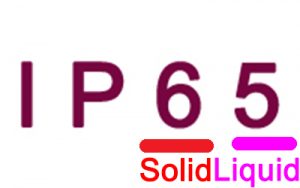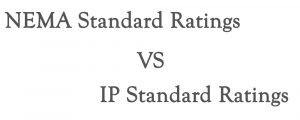
This jDiff method makes it incredibly possible for each of the devices to communicate in the field via multiple upstream and downstream devices among the communications network. Once the jDiff algorithm has successfully converted the magnitude changes in the currents phase of the logical signals, it is called positive and negative jump.
With this in mind, the signals that were successfully transmitted via the communications network in form of binary signals in the upstream and downstream devices. The cellular networks that gives the communications its infrastructures make it possible for both positive and negative jump to be enabled to have this effective approach. The jDiff will successfully locate the faulty location that can easily block and unblock the simplified coordinated overcurrent protection system.
The additional advantage gain to this is the classification of the decentralized system that has been operating in partnership with a cellular network, is the speedy operation of the automation system. Once it carefully considers the adapting system that protects it through the incorporation of all feeder automation actions, there is a possibility that there will be greatly improved combine system performance. Whilst maximizing the reliability by carefully exposing less system of protection from the automated operational interruptions.
For this to work, it is important that the field of different substation devices should be able to communicate and effectively share the information in real time. GOOSE messages like this are most likely to have the best possible platform that will be able to communicate the necessary information that is shared between protection devices.
With this in mind, what makes the GOOSE ideal for this type of application, then?
It comes in a small data packet size. Very good and ideal for any wireless system.
The binary and analogue information that is being shared through processing the protection of the automated controllers.
The data traffic can be managed using different set time intervals for the GOOSE packets.
The GOOSE packets can contain a lot of necessary quality information. Therefore, making the devices be filtered and discard the necessary GOOSE packets that contain the incorrect and inaccurate quality of information.
There is an additional layer of security needed to be added to the normal IT requirements when it comes to cybersecurity.
The execution of different cellular networks happening for peer-to-peer communications of the pole mounted DA controllers has the possibility to have increased reliability and speed of different DA networks.
With this in mind, jDiff is a proven effective method for locating the faulted line segment by comparing the positive and negative phase current measured through both sides of the fault. Once the fault is located, the logic within the DA controllers will be able to execute different series of commands that can automatically isolate the fault. Then eventually it will restore the power to different unaffected line segments.



